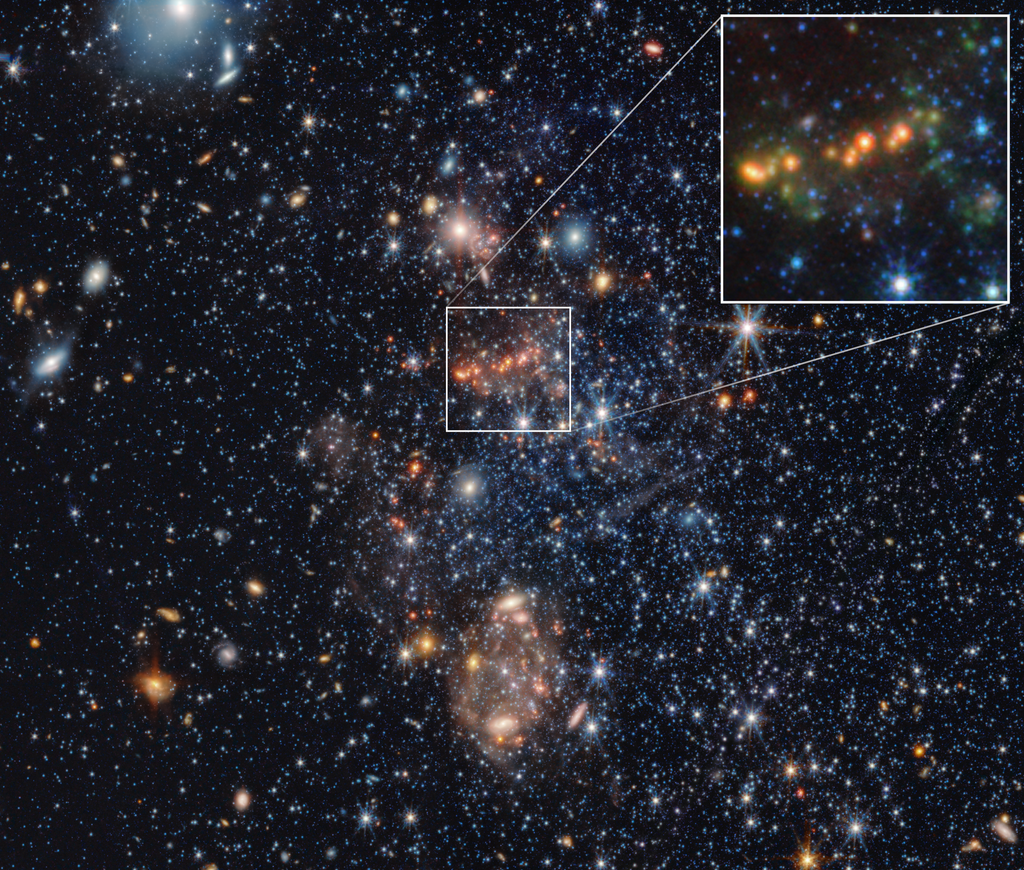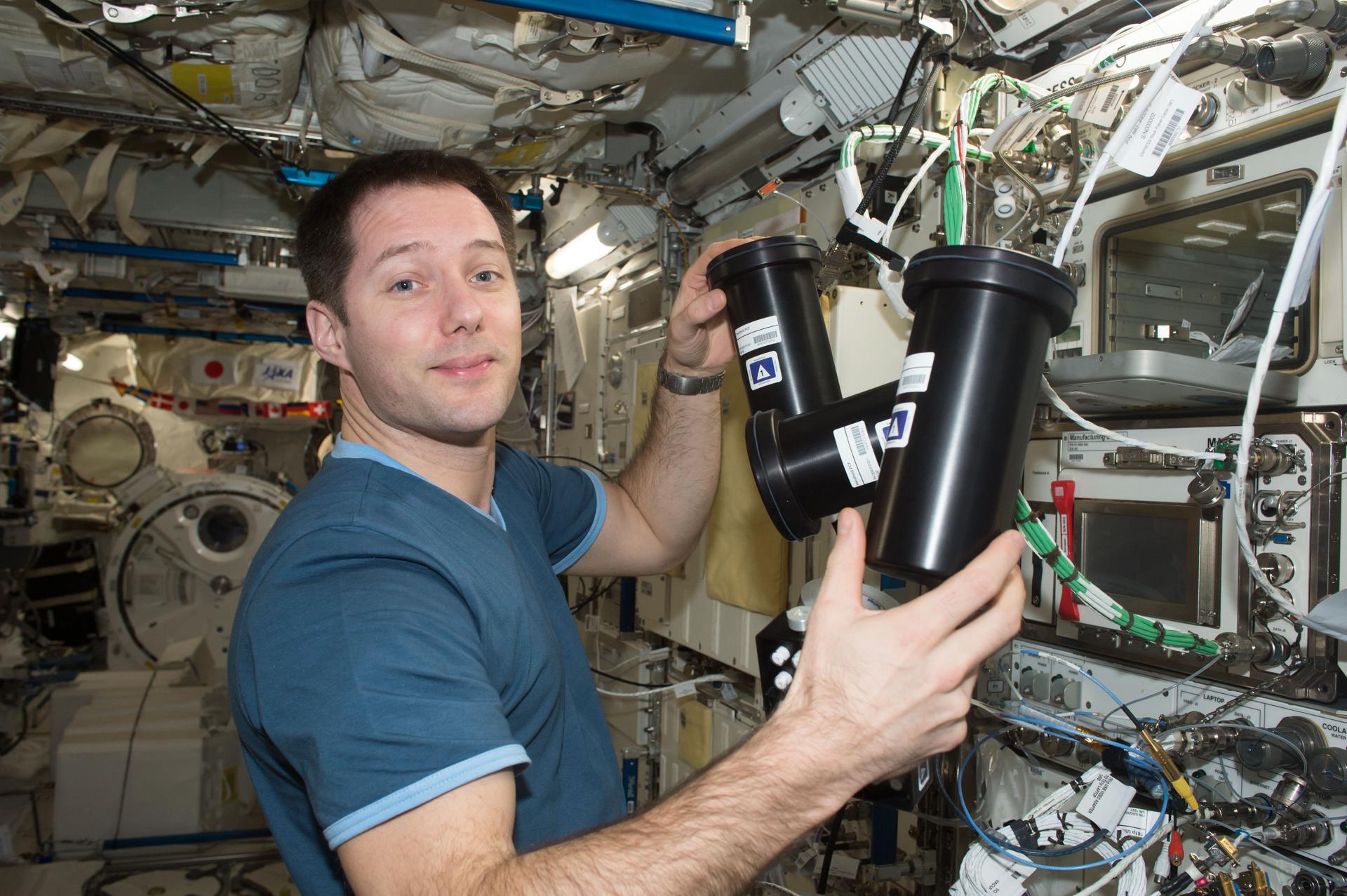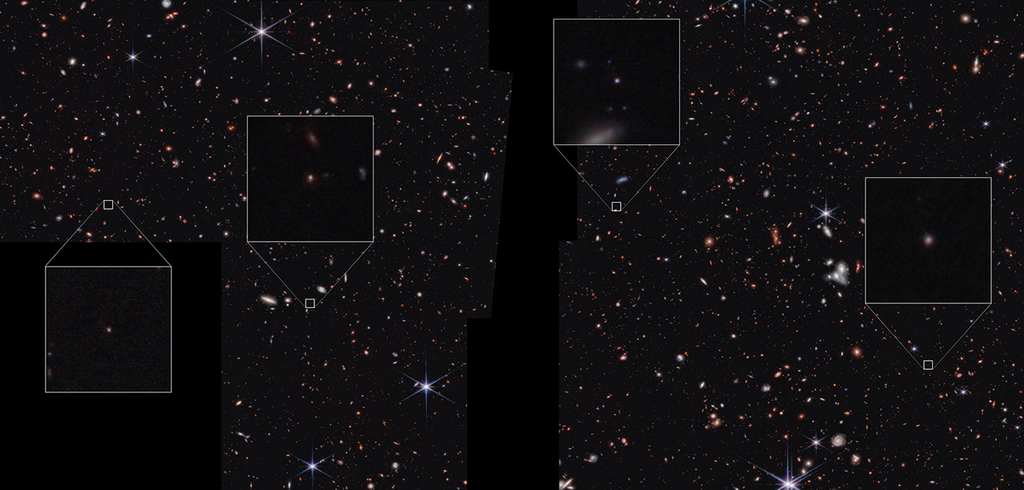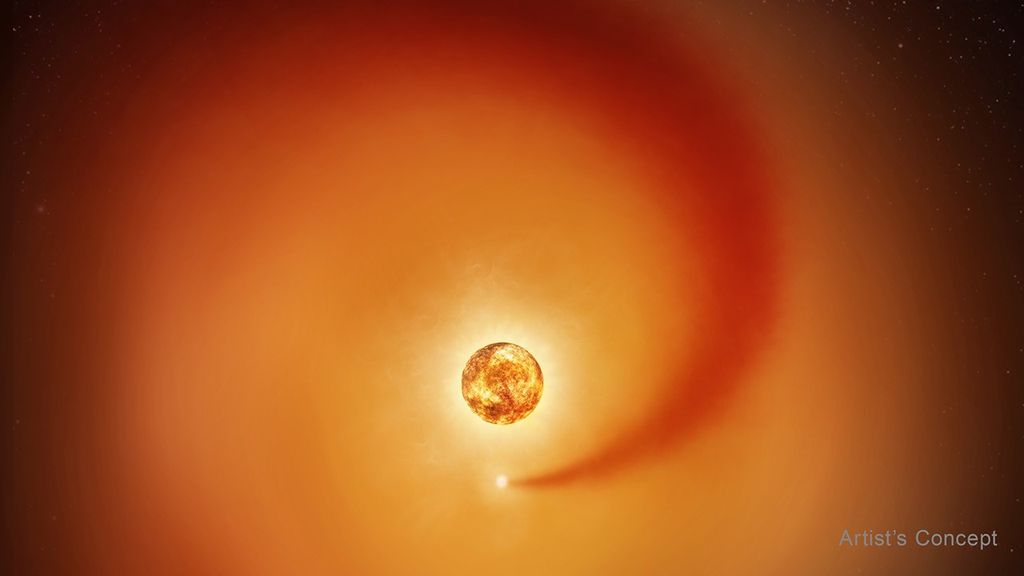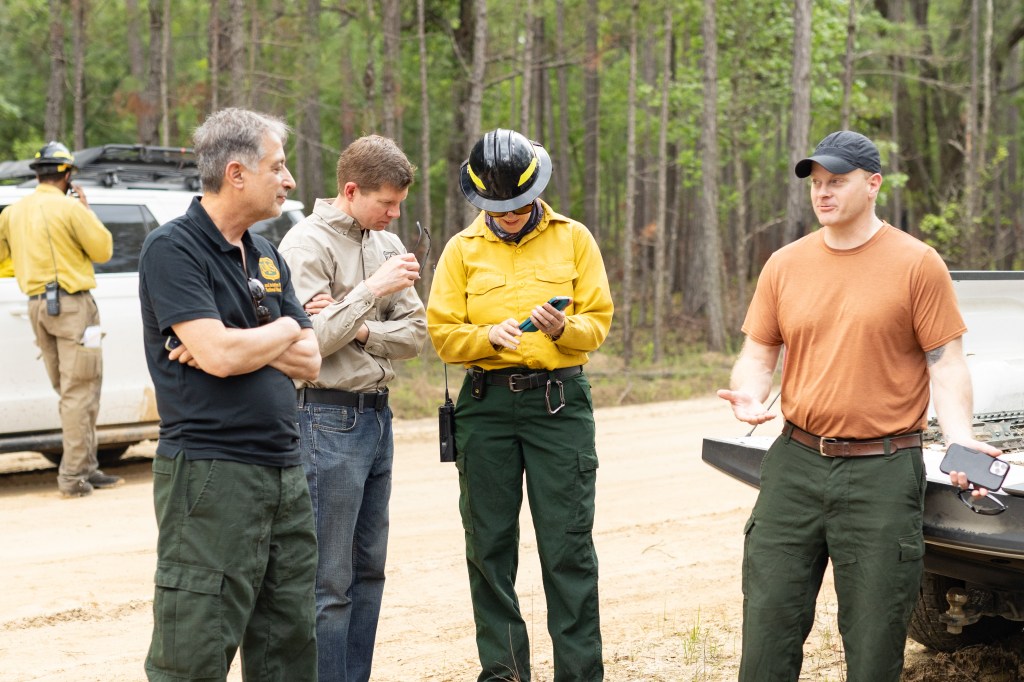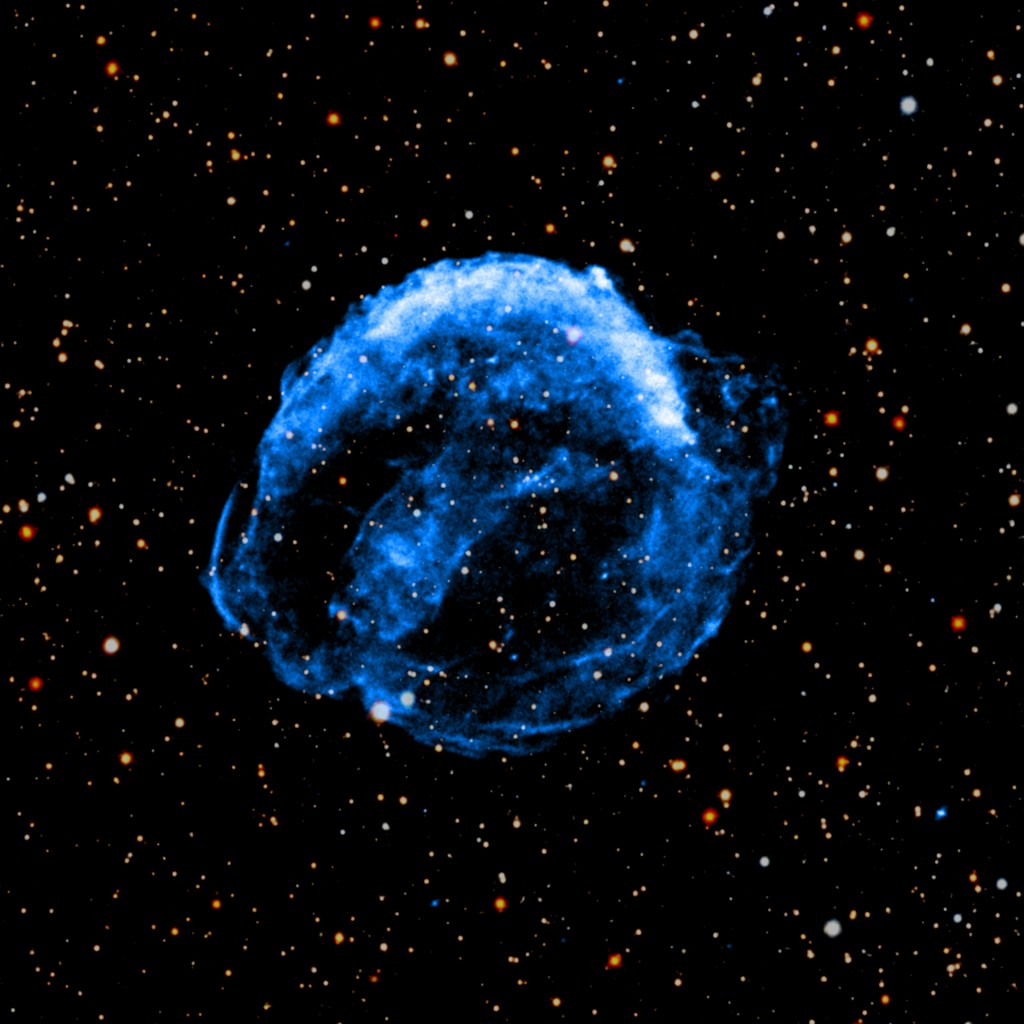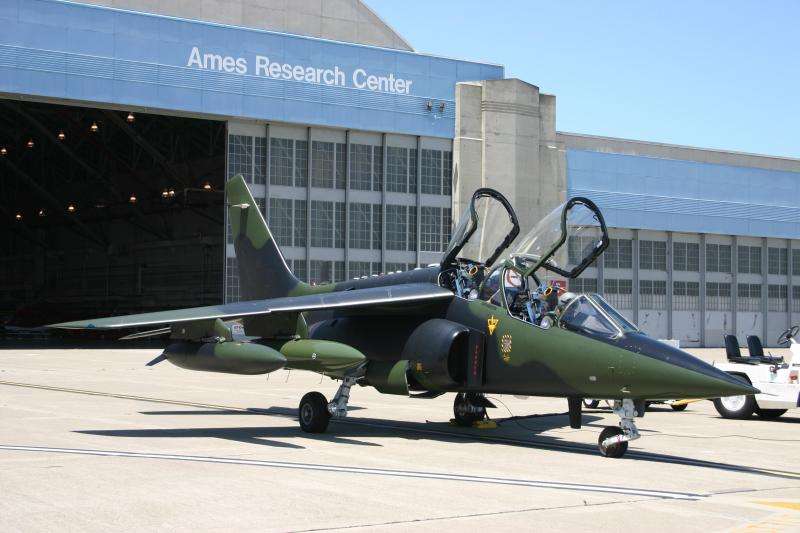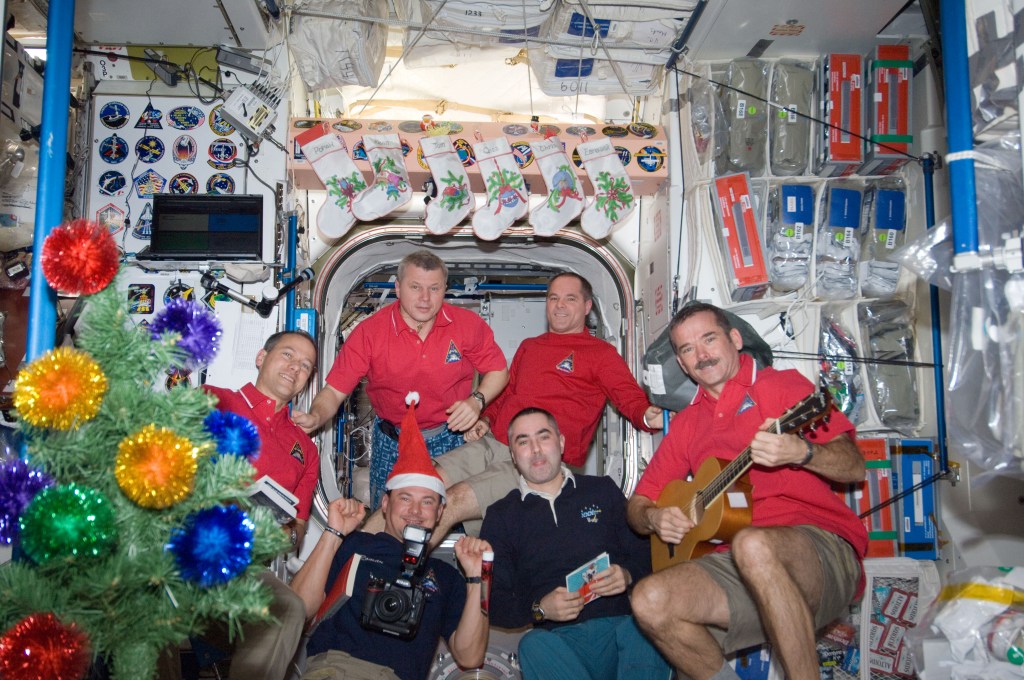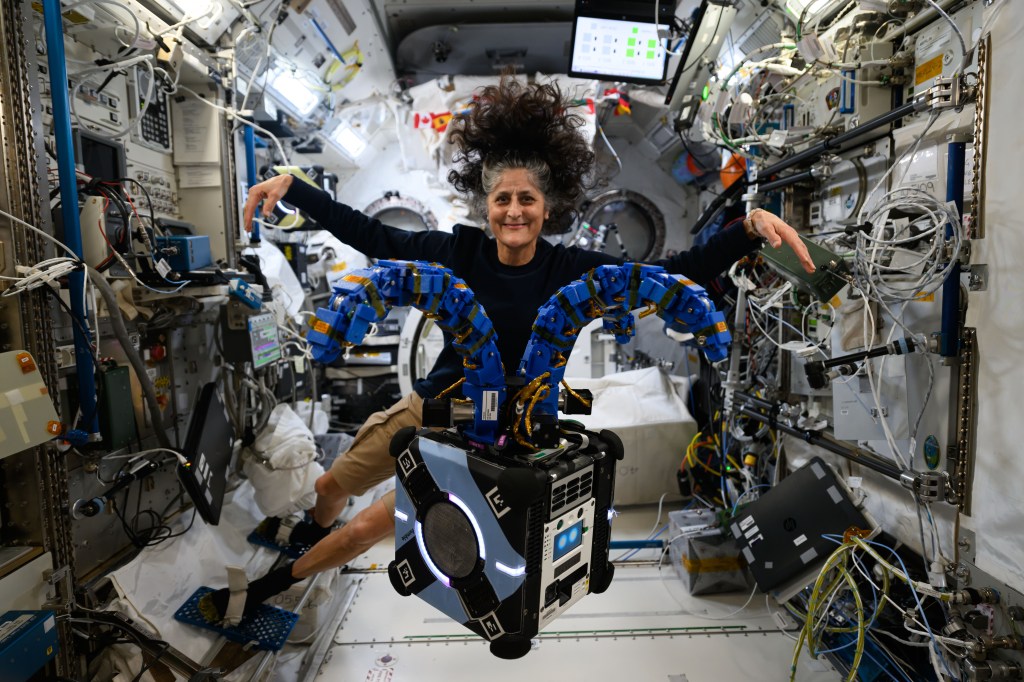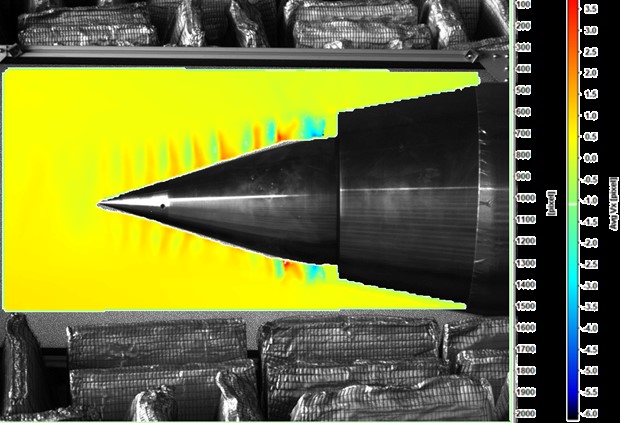Flow Field Diagnostics
NASA is advancing flow field diagnostics by developing and applying cutting-edge measurement techniques to study aerodynamic and propulsion systems.
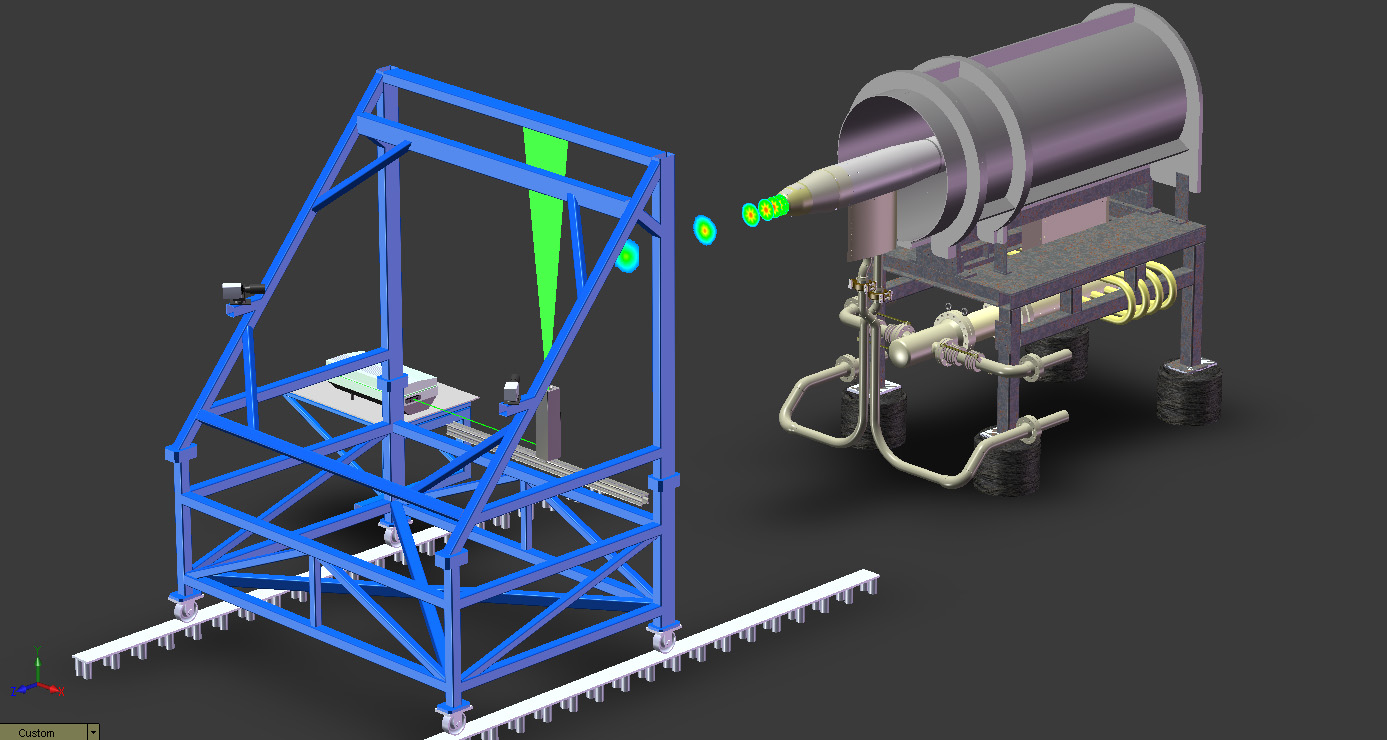
Overview
Real Time Background Oriented Schlieren (RT-BOS) is a simple technique for measuring density gradients in shock laden flows. A small camera mounted on one side of a flow field is used to image a speckled image displayed on a large monitor on the opposite side. RT-BOS enables the image correlation processing that provides the density gradients across the imaged field to be performed in real time. RT-BOS is a valuable tool in some of our large test facilities as it provides a real-time indication of the set point/operating conditions in the flow. (POC: Mark Wernet)
Particle Image Velocimetry
Particle Image Velocimetry is a laser-based flow field diagnostic that provides planar or volumetric maps of velocity vectors in subsonic and supersonic flows. (POC: Mark Wernet)

Raman Scattering
Rotationally Resolved Raman Scattering is a laser-based diagnostic for measuring gas temperature. (POC: Mark Wernet)
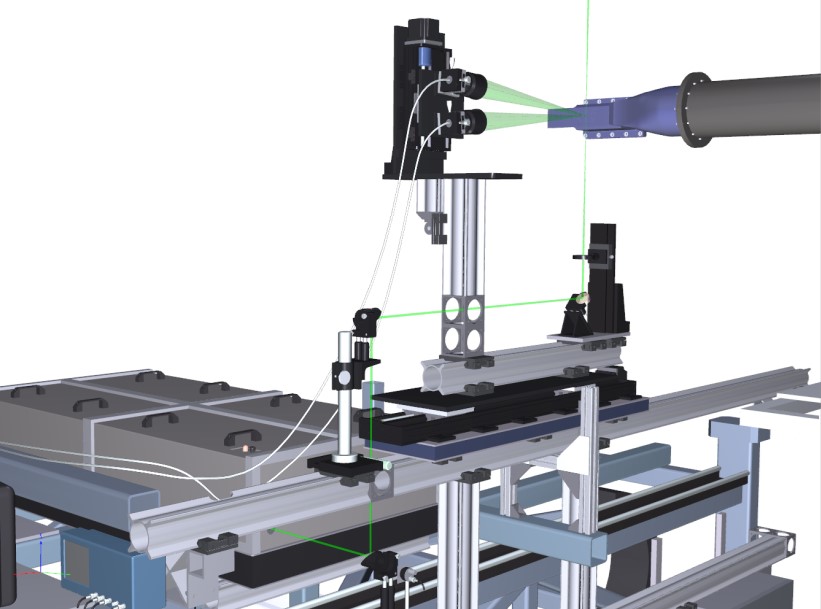
Rayleigh Scattering
Molecular Rayleigh scattering is a laser-based flow diagnostic that is capable of measuring gas density, temperature, and a single component of velocity, simultaneously. A time-resolved Rayleigh measurement system has been implemented in various aeroacoustics studies in the Aero-Acoustic Propulsion Laboratory (AAPL) and other free jet facilities at NASA Glenn in support of jet noise reduction research. (POC: Amy Fagan)
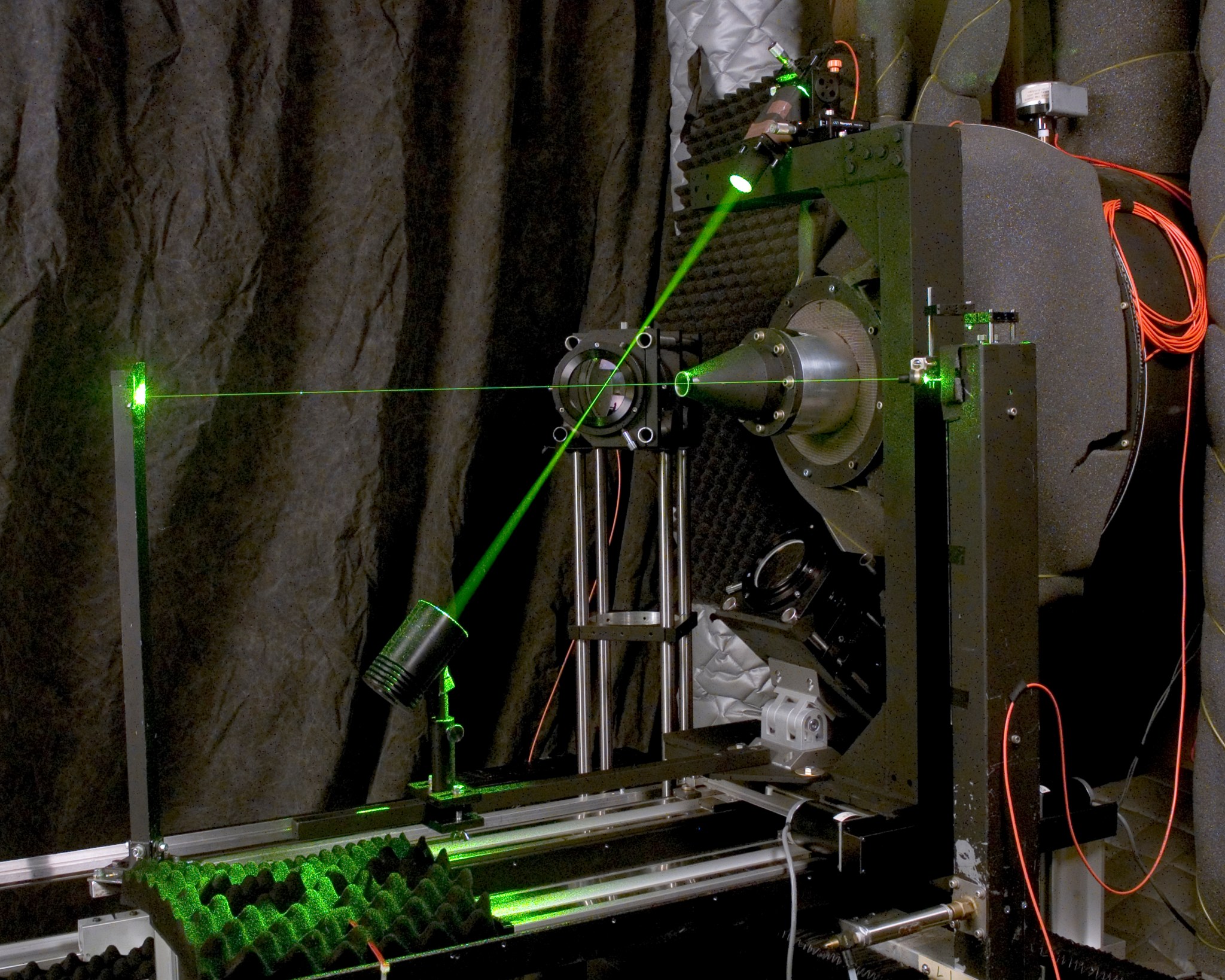
Contact
| Area of Expertise | Researcher Name | |
|---|---|---|
| Background Oriented Schlieren | Mark Wernet | mark.p.wernet@nasa.gov |
| Particle Image Velocimetry | Mark Wernet | mark.p.wernet@nasa.gov |
| Raman Scattering | Mark Wernet | mark.p.wernet@nasa.gov |
| Rayleigh Scattering | Amy Fagan | amy.fagan@nasa.gov |
NASA Glenn facilities where this research is conducted:
Aero-Acoustic Propulsion Laboratory
With over 20 years of testing experience in acoustic research and development the AAPL is a world-class facility providing outstanding testing services in aircraft propulsion acoustic noise reduction and performance research.
Learn More about Aero-Acoustic Propulsion Laboratory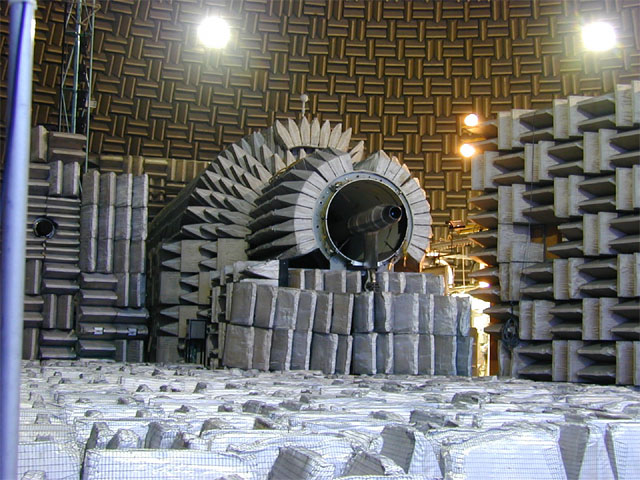
Engine Research Building
Supporting research in all aspects of engine development, the ERB provides superior testing of turbomachinery, aerodynamics flow, physics, aeropropulsion heat transfer, mechanical components, and combustor facilities.
Learn More about Engine Research Building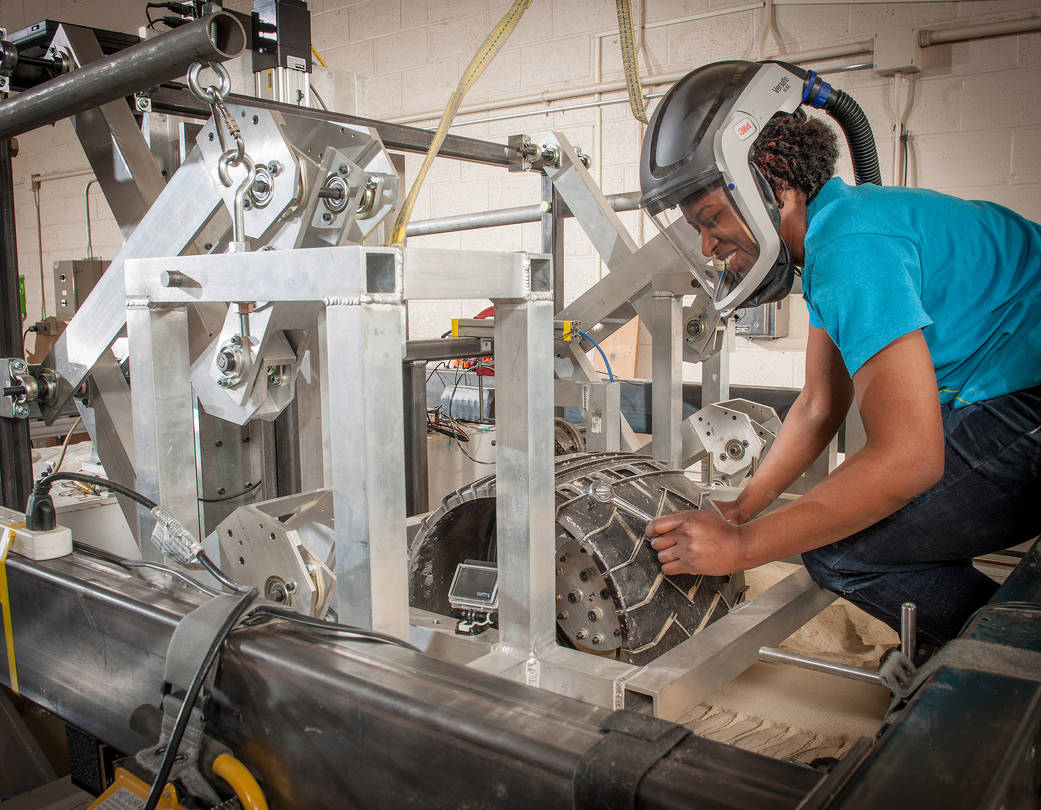
Key Publications
| Publication Title | Author(s) | Source | Type | Year |
|---|---|---|---|---|
| Real-Time Background Oriented Schlieren Using a Digitally Generated and Displayed Speckle Pattern | Wernet, M. P. | Invited Presentation at AIAA Conference | Presentation | 2022 |
| Plug20 Test Report: Particle Image Velocimetry (PIV) Measurements | James Bridges, Mark P. Wernet, Puja Upadhyay | NASA TM | Report | 2023 |
| Particle Seeding System Upgrades in the NASA GRC 1′ × 1′ Supersonic Wind Tunnel | Heath H Reising, Puja Upadhyay, Mark P Wernet | AIAA Aviation Paper | Conference Paper | 2023 |
| Noise of Internally Mixed Exhaust Systems with External Plug for Supersonic Transport Applications | Bridges, J., Wernet, M.P. | Conference Paper | 2022 | |
| Mach Number and Heating Effects on Turbulent Supersonic Jets | Georgiadis, N., Wernet, M.P., Locke, R. J., Eck, D.G. | AIAA Journal | Journal Article | 2023 |
| PIV and Rotational Raman-Based Temperature Measurements for CFD Validation of a Perforated Plate Cooling Flow: Part II | Pesich, J.M., Georgiadis, N.J., Wernet, M.P., Locke, R.J., Thurman, D.R., Poinsatte, P.E. | Conference Paper | 2022 | |
| Summary of the 5th Propulsion Aerodynamics Workshop Nozzle Test Case: Heated Nozzle Exhaust Passing Over A Film-Cooled Plate | Georgiadis, N. J., Wernet, M.P., Crowe, D.S., Woeber, C.D., Karman-Shoemake, K.C., Winkler, C.M. | Conference Paper | 2022 | |
| Velocity, Temperature, and Density Measurements in Supersonic Jets | Wernet, M.P., Georgiadis, N.J., Locke, R.J. | Journal Article | 2021 | |
| Rayleigh-scattering-based measurement of ‘trapped waves’ in high-speed jets | Fagan, Amy, and Zaman, Khairul | AIAA AVIATION 2020, Virtual Meeting, June 2020, AIAA Paper No. 2020-2524. | Conference Paper | 2020 |
| Two-Point Dynamic Rayleigh Scattering Measurements in a Free Jet | Fagan, Amy F., Elam, Kristie A., and Zaman, Khairul | 32nd AIAA Aerodynamic Measurement Technology and Ground Testing Conference, AIAA Aviation, June 2016, Washington, D.C., Paper no. AIAA-2016-3109 | Conference Paper | 2016 |
| Enthalpy-Flux/Momentum-Flux Coupling in the Acoustic Spectrum of Heated Jets | Afsar, Muhammad Z., Goldstein, Marvin E., and Fagan, Amy F. | AIAA Journal, vol. 49, No. 11, 2011, pp. 2522-2531. | Journal Article | 2011 |
| Hot Jets and Sources of Jet Noise | Khavaran, Abbas, Kenzakowski, Donald C., and Mielke-Fagan, Amy F. | International Journal of Aeroacoustics, vol. 9, No. 4 & 5, 2010, pp. 491-532. | Journal Article | 2010 |
| Dynamic Measurement of Temperature, Velocity, and Density in Hot Jets Using Rayleigh Scattering | Mielke, Amy F. and Elam, Kristie A. | Experiments in Fluids, Vol. 47, No. 4, October 2009, pp. 673-688. | Journal Article | 2009 |
| Multiproperty Measurements at High Sampling Rates Using Rayleigh Scattering | Mielke, Amy F., Elam, Kristie A., and Sung, Chih-Jen | AIAA Journal, Vol. 47, No. 4, April 2009, pp. 850-862. | Journal Article | 2009 |
Discover More Topics From NASA
Optical diagnostics research at NASA's Glenn Research Center

Hyperspectral Imaging
NASA’s hyperspectral imaging aids the monitoring of Lake Erie and nearby harmful algal blooms (HAB), improving bloom tracking, early detection, and response.

Phosphor Thermometry and Health Monitoring
NASA is developing luminescence-based diagnostics for non-contact monitoring of turbine coatings, ensuring performance, durability, and safety at high temperatures.

